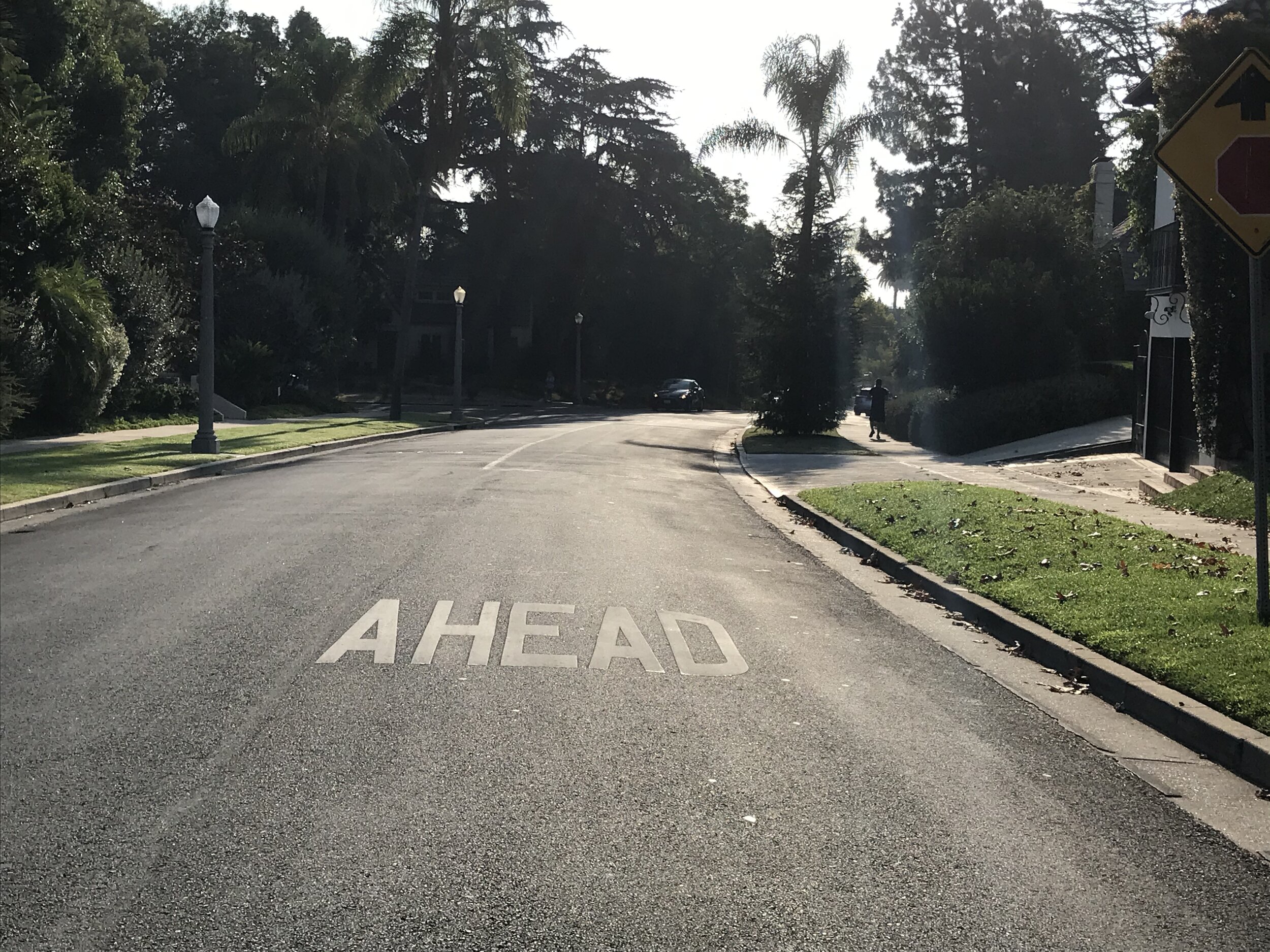Long and windy
Before lockdown, I had been doing a lot of teaching of journey maps to businesses intent on developing more holistic, human pictures of their consumer/User. An added bonus in taking organizations through the process is that it helps to coalesce cross-disciplinary stakeholders (needed), leverage diverse and divergent opinions (deepens thinking) and build towards common, actionable goals (the point, no?).
Come May-June of 2020, I fielded some [frantic] questions about map freshness. Should we re-jig our journey map now? Me, in strongly suggestive tone: Hold off. We’re in crisis mode. I bought olive oil at Walgreen’s. Nothing makes sense.
Now, 8 months in, we’re a bit more grounded. While certainly not fixed, we’re on firm enough terrain to review existing or new targets and explore how they’re making their way into, and through, your category to your product/brand/service.
It’s entirely possible that some new COVID-related behaviors will stick because they make sense: I got my flu shot at the pharmacy vs the doctor. No appointment necessary, 20 minutes door to swab, easy parking, insurance taken. I will take my two kids there on Thursday.
Time to RE-CALIBRATE.
It’s not as cold as you fear.
RE-CALIBRATE: STAKEHOLDER SESSIONS. Downloading with the broad team is vital but, tbh, in normal times, it can be clipped and imperfect: A data session with your insights’ client, your team going through their decks, etc. This year, benchmarking together feels mandatory. Why?
- What we sew in the front end (group connection), we reap in the back end (collaboration, activation, momentum). So, consider the internal cultural imperative: WFH fatigue has people burrowing into their siloes while clamoring for opportunities to be/build together. Create them. Digital white boards like MIRO, MURAL and even basic google slides can help connect a group. While this is about sharing intel, it’s equally about team cohesion, building trust and fostering creativity.
- We’re going through social tumult – economic, biological, racial - in our cities, neighborhoods, homes and bodies; this is where our brands live. Consider the external contextual imperative: Use the diverse pool of thinkers to probe beyond the relationship/path to the brand. It behooves us to discuss these shifts, their impact on our consumers/Users and the decisions they make.
RE-CALIBRATE QUALITATIVE FIELDWORK: I don’t mean get rid of it (hell, no), just shift perspectives. A typical journey map discussion can be plodding; for each track of the process, what do they do, who are influencers. Now, …
- Make space for emotions. These days, in all my fieldwork, I allow for random acts of emoting. Think about how we start regular meetings with colleagues: “How are you? Yes, but, really, how are you?” Ask respondents to ‘moderate’ themselves, and reflect on any changes in behavior or points of view: How does this differ from last year? What are you getting from it? People need to parse their feelings. No need to solve, just sit.
- Quantify findings. Back up insights with numbers. Use data to help motivate a team that might be stymied or confused by the pandemic, the economic stoppage and priorities (see WFH consequences above).
RE-CALIBRATE THE DEBRIEF. A good presentation resonates in the moment, but its impact can fade. Bake an action plan into the final presentation. You have the distributed team - focused. Take advantage of it. Plan and moderate a short Q&A to pull out possible next steps – not just take-away’s. Employ those simple questions that push to bigger thinking (“How might we?”). Be bold! Go one step further, design a mini-sprint to develop ideas and weave the findings into the business. Strive for quantity. You want to flex creative muscles here, and imagine what could be, not what will be (that’s another session ).
Again, these are all pieces of the same tried and true process (see previous post), just re-considered for these times. If you have any questions about re-calibration OR just want to add to the conversation, ping moi (aliza@alizapollack.com)



